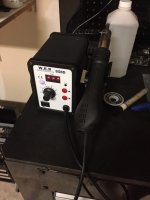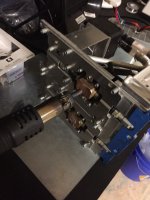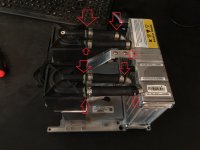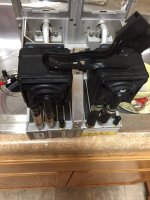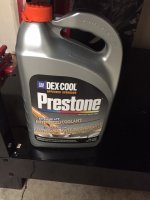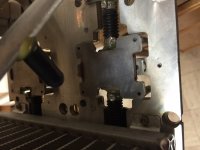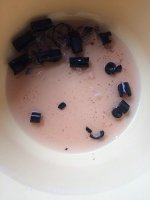360alaska
Well-known member
After 10 years, it seems like these are starting to fail at an alarming rate! So far, I’ve seen 3 bad dual pump cooling units with each one failing due to a clogged water block. In this article I intend to cover testing, flushing and filling.
What you’ll need:
8 hose clamps (about ½ inch)
Distilled water
Dielectric grease
White Vinegar
Prestone Dex-Cool concentrate (Orangish-Red in color)
Size 27 Orings (Viton preferred but not required)
Artic silver thermal grease
About 3ft of 3/8 Clear Vinyl tubing (Non-Braided recommended)
Tools:
12 VDC power source
Apple service Diagnostics 2.6.3 (2.5.8 will not work on PCIe models)
Automotive hand vacuum pump
Funnel
Mini Screwdriver set
Razor Blade
Scissors
Some way of connecting your faucet to the 3/8th hose (see what I used)
Temperature Controlled Heat gun or Hot air station
Most of the time when the LCS fails a Quad G5 will turn on but will not boot. You’ll likely see red lights turn on inside the computer (Usually overtemp & checkstop) and your fans will start spinning like crazy! Since your computer won’t boot you really don’t know which cpu is overheating! The easiest way to figure is out is to bench test it.
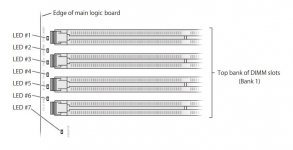
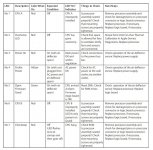
A Brief Guide on the Removal of the LCS
A. Remove your Graphics Card.
B. Remove the plastic rivet under the graphics card and slide off the G5 cover (toward the front of the tower).
C. Disconnect and remove your rear fans.
D. Remove your front fans.
E. Remove the air deflector (on the radiator).
F. Disconnect the electrical connector to the Pumps.
G. Remove/loosen the screws on the LCS system and remove it from the computer.
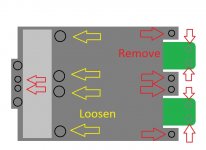
H. Remove the screws on the CPU’s and set them aside.
NOTE: Be sure to mark which CPU was the top and which CPU was the bottom. If you swap them your fans will run full blast until you run a thermal calibration.
For more info see this youtube video:
What you’ll need:
8 hose clamps (about ½ inch)
Distilled water
Dielectric grease
White Vinegar
Prestone Dex-Cool concentrate (Orangish-Red in color)
Size 27 Orings (Viton preferred but not required)
Artic silver thermal grease
About 3ft of 3/8 Clear Vinyl tubing (Non-Braided recommended)
Tools:
12 VDC power source
Apple service Diagnostics 2.6.3 (2.5.8 will not work on PCIe models)
Automotive hand vacuum pump
Funnel
Mini Screwdriver set
Razor Blade
Scissors
Some way of connecting your faucet to the 3/8th hose (see what I used)
Temperature Controlled Heat gun or Hot air station
Most of the time when the LCS fails a Quad G5 will turn on but will not boot. You’ll likely see red lights turn on inside the computer (Usually overtemp & checkstop) and your fans will start spinning like crazy! Since your computer won’t boot you really don’t know which cpu is overheating! The easiest way to figure is out is to bench test it.


A Brief Guide on the Removal of the LCS
A. Remove your Graphics Card.
B. Remove the plastic rivet under the graphics card and slide off the G5 cover (toward the front of the tower).
C. Disconnect and remove your rear fans.
D. Remove your front fans.
E. Remove the air deflector (on the radiator).
F. Disconnect the electrical connector to the Pumps.
G. Remove/loosen the screws on the LCS system and remove it from the computer.

H. Remove the screws on the CPU’s and set them aside.
NOTE: Be sure to mark which CPU was the top and which CPU was the bottom. If you swap them your fans will run full blast until you run a thermal calibration.
For more info see this youtube video:

